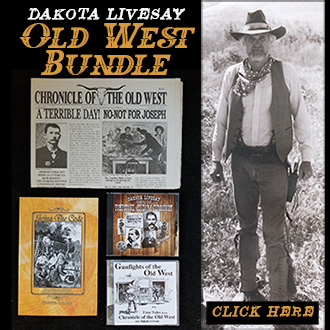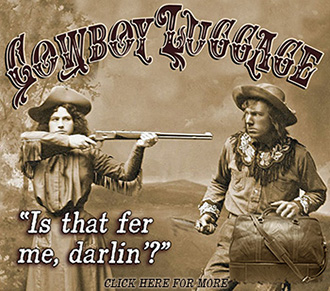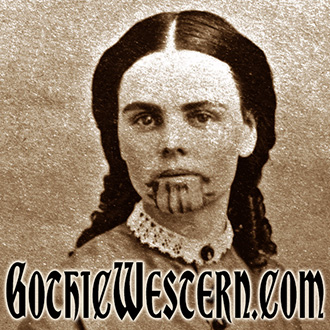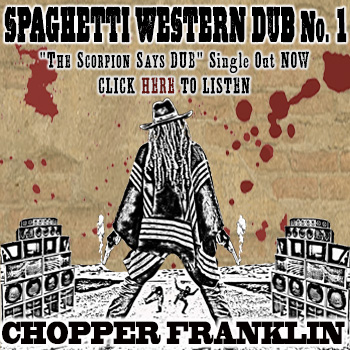
The Anderson family resided in Jefferson County, Missouri. Although they were farmers, the Anderson men had a tendency to augment their income with armed robbery. From these family roots sprung Bloody Bill Anderson.
In 1862, Confederate Quantrill raided the town where the Andersons lived. As a result, Union troops came to the area, and four days later, two of the Anderson men were hanged as Confederate sympathizers. This angered 25-year-old Bill Anderson to the point that he dropped his plow and joined Quantrill’s raiders.
Later Bill Anderson’s three sisters were arrested for being spies. And, while in prison, the building collapsed killing one of them. As you can imagine, this pushed an angry Bill Anderson over the edge. Any civility he had was gone to the point people started calling him “Bloody” Bill Anderson. Becoming one of Quantrill’s chief lieutenants, at the massacre of Lawrence, Kansas, the men under his command supposedly killed more people than anyone else. At a raid in Centralia, Missouri, he was responsible for prisoners being stripped and shot.
October 27, 1864, just a year and a half after he joined Quantrill, Bloody Bill Anderson was shot and killed by Union soldiers. A silk scarf reportedly was found with 53 knots in it. Supposedly, the scarf belonged to the sister who was killed with the collapse of the jail. And each knot represented a person killed.
But then there were other reports that someone else was riding Bloody Bill’s horse, and he was shot instead. Bloody Bill realizing this was a good opportunity to get the bloodhounds off his back, quietly went to Texas and then Oklahoma. I’m sure he met up with Jesse James, Billy the Kid, Butch Cassidy and all the other outlaws who were also fortunate enough to have had someone else die in their place.
 Jack Abernathy was born in Texas. At the age of six he and his older brother would sneak away from home to play piano and violin in the local saloon. Following a Christmas shootout in the saloon with several victims, his parents discovered what he was doing, thus ending his entertainment career.
Jack Abernathy was born in Texas. At the age of six he and his older brother would sneak away from home to play piano and violin in the local saloon. Following a Christmas shootout in the saloon with several victims, his parents discovered what he was doing, thus ending his entertainment career.  Jack Abernathy was born in Texas. At the age of six he and his older brother would sneak away from home to play piano and violin in the local saloon. Following a Christmas shootout in the saloon with several victims, his parents discovered what he was doing, thus ending his entertainment career.
Jack Abernathy was born in Texas. At the age of six he and his older brother would sneak away from home to play piano and violin in the local saloon. Following a Christmas shootout in the saloon with several victims, his parents discovered what he was doing, thus ending his entertainment career. 
 John Tunstall was an Englishman who came to America with some capital to invest. He wandered over to New Mexico where he met a lawyer named Alexander McSween. McSween suggested that there were good business opportunities in
John Tunstall was an Englishman who came to America with some capital to invest. He wandered over to New Mexico where he met a lawyer named Alexander McSween. McSween suggested that there were good business opportunities in  1 cup sugar
1 cup sugar John Daly was born in New York. As a young man, he migrated to California. Leaving a string of dead men behind him, he then went to the gold mining town of
John Daly was born in New York. As a young man, he migrated to California. Leaving a string of dead men behind him, he then went to the gold mining town of  The Anderson family resided in Jefferson County, Missouri. Although they were farmers, the Anderson men had a tendency to augment their income with armed robbery. From these family roots sprung Bloody Bill Anderson.
The Anderson family resided in Jefferson County, Missouri. Although they were farmers, the Anderson men had a tendency to augment their income with armed robbery. From these family roots sprung Bloody Bill Anderson.



